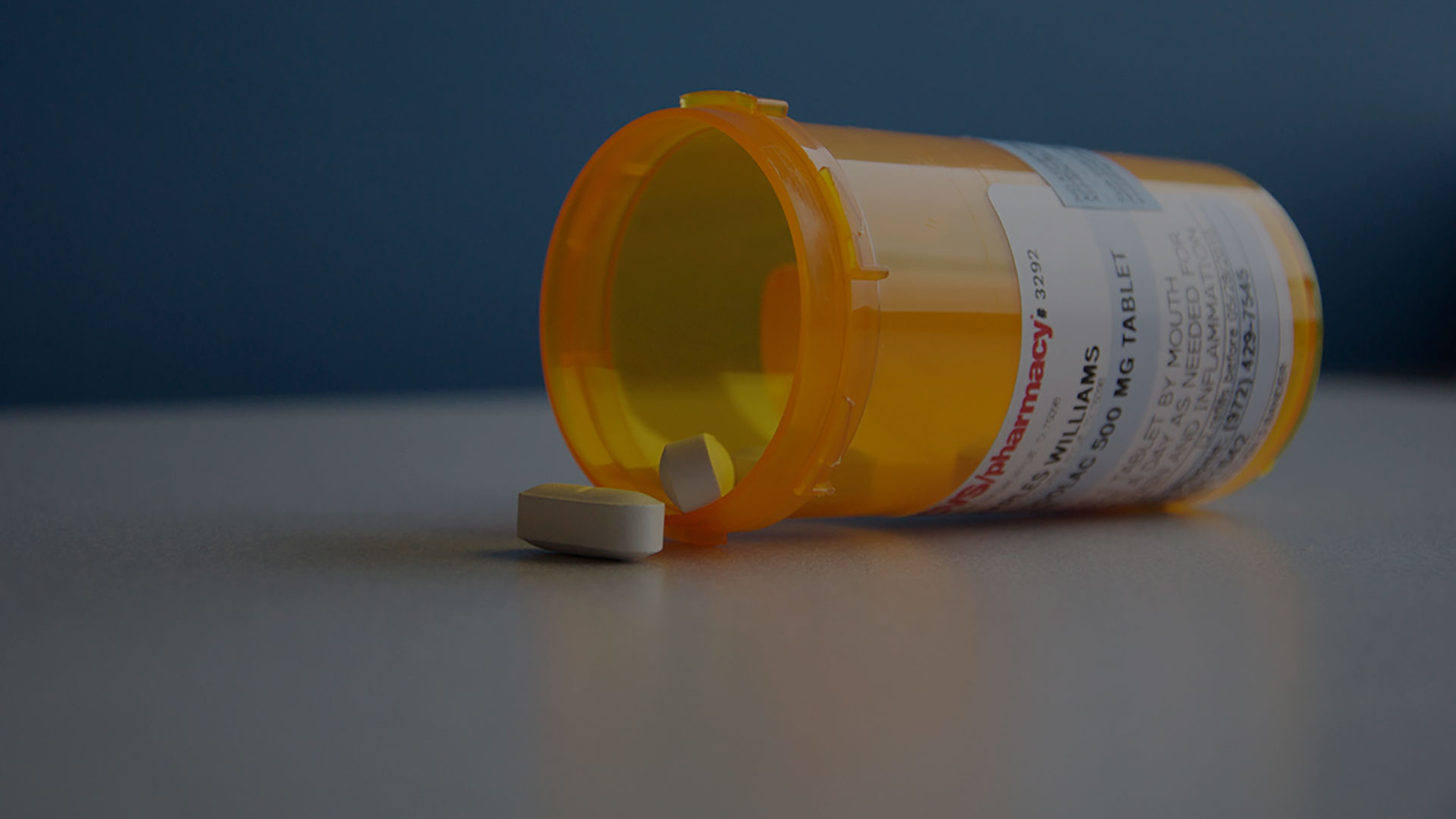10 Apr Distinction without a Difference
Table of Content
This country seems stunned by the opiate epidemic which has now reached the level of being one of the biggest national health crisis facing Americans today. Dr. Sanjay Gupta, Chief Medical Correspondent for CNN recently mentioned a staggering statistic. We (Americans) make up 5% of the world’s population and we consume over 80% of the world’s opioids. How did we end up in this situation?
Doctors or Dealers: A Distinction without a Difference
Most will agree and there is solid evidence-based research to back up this claim: excessive and irresponsible overprescribing of pain medication has brought this country to its knees and heroin back in the spotlight. Of course not all doctors are to blame. Some did and continue to practice from a more conservative standpoint and don’t hand out prescription painkillers for a sprained wrist or a pulled tooth. Heavy duty prescription narcotics have been approved to treat moderate to severe pain, breakthrough pain associated with cancer and other illnesses, post-surgical pain, and in some cases chronic back pain.
Up until recently doctors were prescribing pharmaceutical-grade narcotics t everyone who complained of minor pain – mistake # 1. Yes it was easier and less time-consuming to write a script and assume that all patients would take medications responsibly – mistake # 2. There was little follow-up and even less explanation on the effects of consuming opiates. Most doctors never discussed the potential for misuse and dependency, despite FDA warnings: mistake # 3. Most doctors do not gather or even inquire about a patient’s history of drug abuse or any addiction-related issues – mistake # 4.
Big Pharma to blame?
 Yes, doctors do shoulder a great burden of the responsibility for the opiate crisis today; but a large part of this responsibility also lies with Big Pharma. Makers of such medications are well aware that those opiate-based medications are really no different than heroin when it comes to chemical structure. Opiates are a different beast than any other class of medications and they quickly and dramatically alter brain chemistry and functioning.
Yes, doctors do shoulder a great burden of the responsibility for the opiate crisis today; but a large part of this responsibility also lies with Big Pharma. Makers of such medications are well aware that those opiate-based medications are really no different than heroin when it comes to chemical structure. Opiates are a different beast than any other class of medications and they quickly and dramatically alter brain chemistry and functioning.
Even short-term opiate use can create dependence very quickly. Those who can get past the initial nausea associated with early opiate use find that opioids promote a feeling of relaxation, wellness, happiness, wellbeing and in many cases euphoria. Pain vanishes and the body feels invincible. In a short period of time larger doses are necessary to feel the same effects. This is called tolerance. Soon after, users find themselves unable to function WITHOUT the drug. This is called dependence. By this time it’s too late and the user is hooked.
The internet is teeming with such tragic stories of how opiate addiction began for many people. What’s worse is that it didn’t stop there. With the efforts of the DEA pill mills were shut down and medication database monitoring systems were implemented nationwide. People addicted to pain pills could no longer go into any ‘pain management’ clinic or ‘doctor shop,’ the alternative was getting them off the street.
Like with anything on the black market that has a high demand and difficult supply chain, pain pills became extremely expensive. Doctors and Big Pharma had put heroin dealers back in business. Heroin supply increased dramatically to keep up with the demand and Afghanistan was no longer the biggest monopoly on heroin. Mexico got into the heroin trade and became the largest heroin supplier to the US. With heroin at less than $10 a bag and a single pain pill at $50-80, the transition from prescription pills to heroin seemed to happen naturally and seamlessly.
Today the average heroin addict is not homeless, indigent, and a minority. The average user is white, middle-class, late 20’s-30’s, and a suburbanite. Heroin has infiltrated every suburb in every state and the overdose death rates while shocking really should have been anticipated. Physicians write almost $240 million prescriptions a year – enough for every American adult to have a bottle of pills.
So What are we Doing?
The urgent need for opiate detox programs has risen dramatically and the government has gotten involved with initiatives aimed at lowering the death rate due to opiates. Some of these include having law enforcement carry Narcan (anti-overdose drug) to every 911 scene because a growing number are overdose victims who don’t make it to the hospital. Another is legislation to make such overdose kits easily accessible to the public and part of the American medicine cabinet. Others include the Medical Amnesty Good Samaritan Law that protects individuals who report an overdose from being slammed with drug charges. Are these measures enough? They are a start.
There is also legislation that supports the increased use of medication-assisted treatment. Now this is a controversial issue depending on whom you ask because it is a departure from traditional complete abstinence models (Minnesota Model). Facilities like Hazelden Betty Ford have implemented such protocols for use with strictly opiate addicted clients in an effort to lower the 90-95% reported relapse rates in opiate addicts.
12-steppers aren’t the only ones unhappy with this idea of using a narcotic to treat a narcotic addiction but isn’t that what methadone maintenance programs have been for decades? Those who consider this to be a managed care conspiracy see this as a way to reduce treatment costs by medicating addicts infinitely and as the first course of action. Of course keeping Big Pharma happy doesn’t hurt.
Sources:
“Georgia Opioid Summary.” NIDA. Feb. 2018. 14 Mar. 2019. https://www.drugabuse.gov/drugs-abuse/opioids/opioid-summaries-by-state/georgia-opioid-summary
Hart, Ariel. “Five Things to Know About the Atlanta Area’s Opioid Epidemic.” AJC. 6 May 2018. 14 Mar. 2019. https://www.ajc.com/news/state–regional-govt–politics/five-things-know-about-the-atlanta-area-opioid-epidemic/e9VDPQVpNWakkLOJEnr3EI/
Langford, Jim. “Prescription Opioids and Heroin Epidemic in Georgia.” Substance Abuse Research Alliance (SARA). Dec. 2017. 14 Mar. 2019. https://www.acponline.org/system/files/documents/about_acp/chapters/ga/substanceabuseresearchalliancegeorgia_preventionproject2017.pdf







No Comments